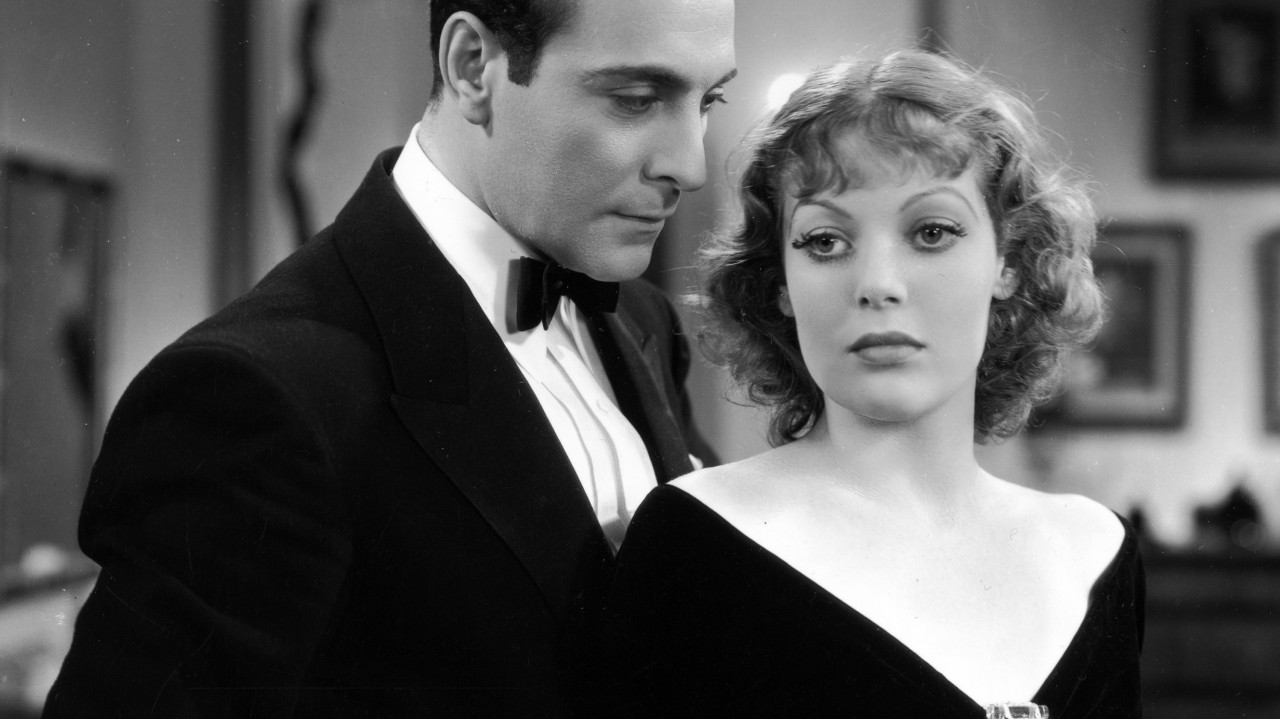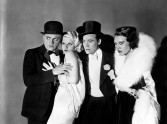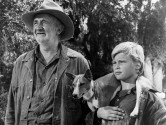
The Legends of William Wellman
“When the legend becomes fact, print the legend,” famously declared the enlightened journalist at the end of John Ford’s The Man Who Shot Liberty Valance. Like Valance, Ford’s contemporary William Wellman (1896 - 1975) has been etched into Hollywood lore as a mythic figure, a boisterous, bravura maverick and bold woodblock of a quintessentially 20th century American artist quickly recognized but little known. Remembered principally today as a director of popular action epics and crime films such as Wings and The Public Enemy, Wellman is only rarely accorded auteur status and more typically categorized as a talented studio journeyman, despite clear evidence to the contrary. The larger-than-life personality and colorful offscreen exploits of the two-fisted, tempestuous “Wild Bill” Wellman cemented his reputation as a director’s director and vital pioneer from Hollywood’s frontier days, a member of the rough-riding fraternity that included Raoul Walsh, Allan Dwan, Merian C. Cooper and Ford. Wellman’s improbable life story certainly seemed written for the silver screen: a juvenile delinquent and teenage hockey star who went from failed actor to daring aviator and WWI pilot before quickly working his way up the studio ladder from messenger boy to director of Wings, one of the most popular films of 1927 and one of the last great epics of the silent era. Yet a subtler and less-considered side of Wellman is openly revealed in his other box office smash, A Star is Born, a penetrating study of the Hollywood dream factory that frankly acknowledges the cutthroat careerism, cruel gossip-mongering and pound-of-flesh deals fueling movie stardom and success. In truth, many of Wellman’s less-acknowledged great films are colored by similar introspective, even self-reflective, qualities that complicate his image as a rowdy, untamed buccaneer. Consider, for example, the series of hard-hitting yet startlingly intimate social problem films he directed during the early thirties, including neglected classics such as Wild Boys of the Road and Heroes For Sale. Or the frank portraits of working-class struggles in labor and love offered by unheralded gems such as Other Men’s Women and Midnight Mary that inhabit worlds equally ruled by headstrong women as by men. A further corrective can be found in Wellman’s ruminative late Westerns, Yellow Sky, Westward the Women and, especially, Track of the Cat, with its psychosexually fraught portrait of strained masculinity. This retrospective gathers together a series of Wellman’s lesser-known films, balanced by his recognized classics, to sketch a composite portrait of a studio filmmaker equally adept at bold action-driven narrative and a kind of subtler, understated emotion and meaning. – Haden Guest





















